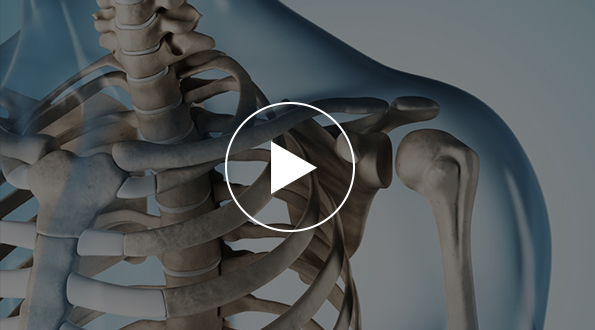
Symptoms of trigger finger usually start without any injury, although they may follow a period of heavy hand use. Signs and symptoms of trigger finger may progress from mild to severe and include:
- Tenderness or a bump (nodule) in the palm at the base of the affected finger
- Swelling
- Catching or popping sensation in your finger or thumb joints
- Pain when bending or straightening your finger
- Finger catching or locking in a bent position, which suddenly pops straight
- Finger locked in a bent position, which you are unable to straighten
Sometimes, when the tendon breaks free, it may feel like your finger joint is dislocating. In severe cases of trigger finger, the finger cannot be straightened, even with help. Sometimes, one or more fingers are affected.
If the condition does not respond to conservative treatments, surgery may be recommended to release the sheath that restricts the movement of the tendon. This outpatient procedure can be done with numbing the arm and is done with a very small incision. The goal of surgery is to open the pulley at the base of the finger so that the tendon can glide more freely. The clicking or popping goes away first. Finger motion can return quickly, or there can be some stiffness after surgery. Hand therapy is recommended after surgery to regain better use of your hand. Light activities with the hand are permitted right away and the use can be advanced as tolerated.
Ganglions are fluid-filled cysts commonly found on the tendons and joints of the wrists, hands and feet. Ganglion cysts are noncancerous lumps that most commonly develop along the tendons or joints of your wrists or hands. These fluid-filled cysts can quickly appear, disappear, and change size. Many ganglion cysts do not require treatment but some cysts may put pressure on nearby nerves, potentially causing pain, weakness or numbness. If the cyst is painful, interferes with function, or has an unacceptable appearance, there are several treatment options available.
Treatment is based on the degree of the symptoms. Ganglions can be treated by aspiration or surgical removal, depending on the size and severity of the cyst.
This minimally invasive procedure involves draining the fluid from the cyst with a syringe, and may be combined with a steroid injection to help fully heal the area. This treatment is not always permanent and many ganglions return after aspiration. Aspiration frequently fails to eliminate the ganglion because the “root” or connection to the joint or tendon sheath is not removed. A ganglion can be like a weed which will grow back if the root is not removed. In many cases, the ganglion cyst returns after an aspiration procedure.
Surgery may be recommended for cysts that are painful or interfere with joint movement. Ganglion surgery is performed under a regional anesthetic and involves complete removal of the cyst and any attached tissue to ensure permanent treatment. By removing the cyst as well as part of the involved joint capsule or tendon sheath, which is considered the root of the ganglion, the likelihood of it returning is decreased. Even after successful surgery, there is a small chance the ganglion will return.

